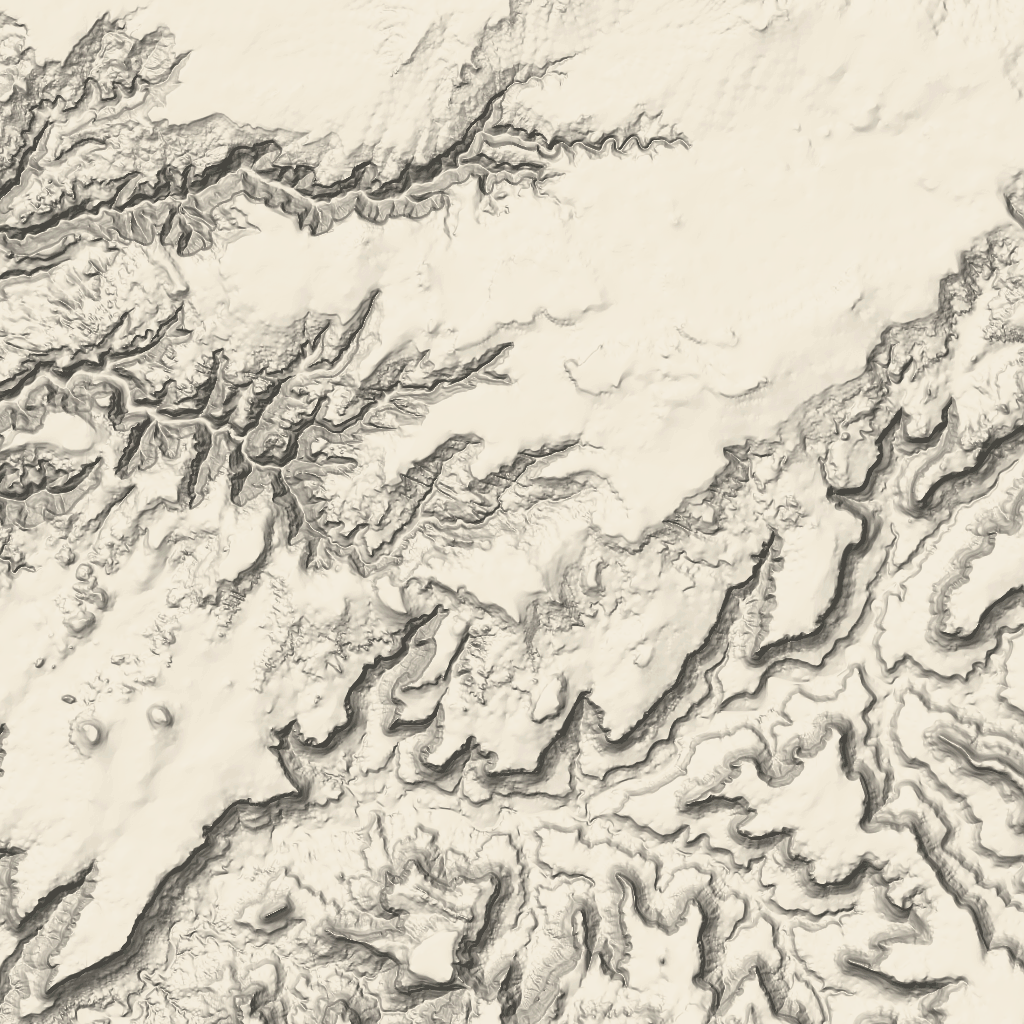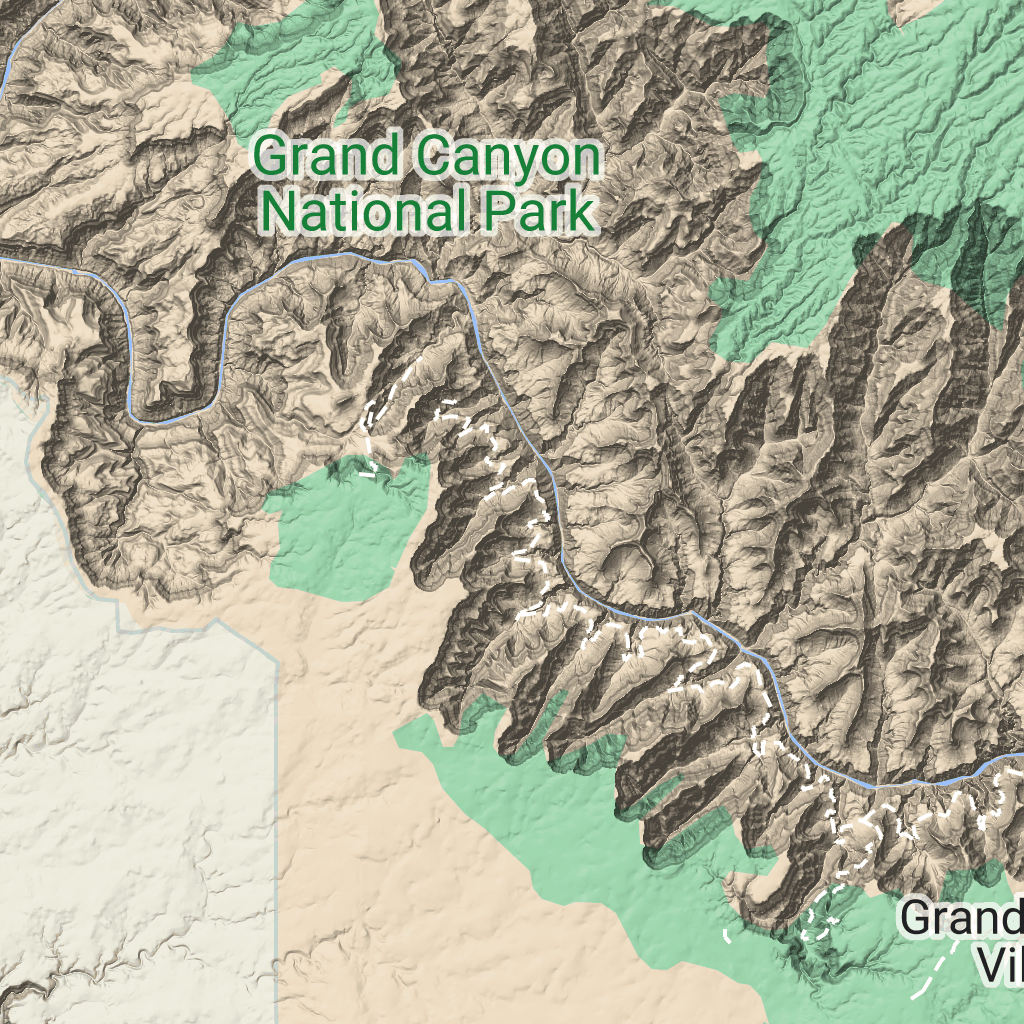 Os blocos de terreno são blocos de imagem que contêm mapeamento de sombreamento de relevo e curvas de nível. Elas incluem recursos naturais, como vegetação.
Os blocos de terreno são blocos de imagem que contêm mapeamento de sombreamento de relevo e curvas de nível. Elas incluem recursos naturais, como vegetação.
Como receber blocos de terreno
Você pode começar a fazer solicitações de blocos de terreno depois de receber um token de sessão. Como um token de sessão se aplica a toda a sessão, não é necessário especificar as opções de mapa com suas solicitações de bloco.
O exemplo de código a seguir demonstra uma solicitação de token de sessão típica para blocos de terreno.
curl -X POST -d '{ "mapType": "terrain", "language": "en-US", "region": "US", "layerTypes": ["layerRoadmap"] }' \ -H 'Content-Type: application/json' \ "https://tile.googleapis.com/v1/createSession?key=YOUR_API_KEY"
Para receber blocos de terreno, faça uma solicitação HTTPS GET, como mostrado no exemplo a seguir.
curl "https://tile.googleapis.com/v1/2dtiles/z/x/y?session=YOUR_SESSION_TOKEN &key=YOUR_API_KEY "
Exemplo de solicitação de bloco
Considere o exemplo a seguir, que solicita um único bloco de terreno com nível de zoom 10 e coordenadas x e y de (192, 401).
curl "https://tile.googleapis.com/v1/2dtiles/10/192/401?session=YOUR_SESSION_TOKEN &key=YOUR_API_KEY" --output /tmp/example_tile.png
Neste exemplo, não há uma mensagem de resposta do servidor. Em vez disso, o bloco é baixado para um arquivo local.

Para informações sobre cabeçalhos de mensagens de resposta, consulte Pré-busca, armazenamento em cache ou armazenamento de conteúdo.

